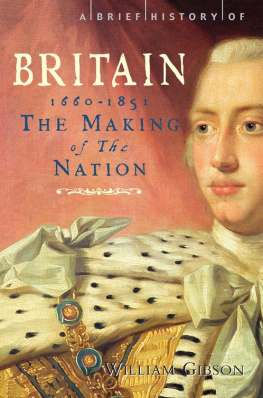David V. Barrett
J.P. McEvoy
A BRIEF HISTORY OF
BRITAIN 18512010
JEREMY BLACK
For Sarah
CONTENTS
PREFACE AND ACKNOWLEDGEMENTS
Historians are of two types. One, pretending Olympian detachment and Delphic omniscience, tells you the answers and pretends that there is only one way to look at the past: their way. That is not my approach. I think it important to be frank about the difficulties of covering the past, about the choices made in what is covered, and how it is treated and organized, and about the degree to which others will take different approaches. That is particularly true of the treatment of the recent past.
The key choices here are coverage and organization. In coverage, there is a determination not to put politics first but, instead, to focus on changes in country and people that reflected broader pressures as well as those arising from government policy. The two changing country chapters cover environmental issues in the broadest sense and use this approach to discuss such topics as economic and transport history and the spread of the cities. The two changing people chapters cover demographic history, including migration and health, but also social structure and such trends as the rise of the independent voice of youth.
In each part, there is also a chapter on Britains international position, a key element of its lasting importance, as well as a chapter that seeks to link political and cultural developments. Political and cultural developments are often treated as different, but that is mistaken as they can be closely related. This is particularly the case if culture is understood in the. widest sense, namely to include public activities such as sport. In Britain, the key characteristics of the two relevant sections in this book, Chapters 2 and 8, is that the first saw the triumph of the market, while, in the second, the state became more significant. The book closes with a chapter-length conclusion that includes the way in which public history has presented the nations past.
I am most grateful to Bill Gibson, David Gladstone, Keith Laybourn, Thomas Otte, Murray Pittock, Bill Purdue, Richard Toye and Michael Turner for their comments on all or part of an earlier draft. None is responsible for any errors that remain. Nor is Leo Hollis, who has been a most encouraging editor, or Jaqueline Mitchell, an exemplary copy-editor.
This work takes me to my 100th single-author book, and I close the preface by recording my heartfelt thanks to Sarah, who has been there throughout all the books. I would also like to note my gratitude to the many others who have provided help and encouragement, a goodly number. I hope they take pleasure in what has resulted.
PROLOGUE
An Imperial Presence
The Great Exhibition in 1851 was to speak for Britain past, present and future. Opened at the specially built Crystal Palace in Hyde Park, it was intended as a demonstration of British achievement, and was a proclamation of the nations mission, duty and interest to put itself at the head of the diffusion of civilization, and thus to take forward history. The exhibition was seen as an opportunity to link manufacturing and the arts, in order to promote a humane practicality and inspired, progressive society in which Britain would be foremost, and from which the British people and economy could benefit. The exhibition proclaimed the supposed triumph of free trade which was linked to manufacturing supremacy. It also symbolized the coming of a less fractured and more prosperous society after the often divisive and difficult experiences of the 1830s and 1840s, notably the contentious repeal of the Corn Laws and the pressure from the Chartist movement for political reform.
The exhibition, thus, reflected an attempt to embrace and to channel the countrys dynamic industry, the New Britain; an attempt in part arising from the visit to the manufacturing centre of Birmingham in 1843 of Queen Victorias husband, Prince Albert (181961) a key promoter of the exhibition. With its 24-ton (24.4-tonne) block of coal by the entrance, the exhibition was a tribute to British manufacturing skill, prowess and confidence in the future, one abundantly displayed in its central space, the first wonder of the modern world, Joseph Paxtons (180365) iron and glass conservatory, which was 1,850 feet (564 metres) long (over three times the length of St Pauls Cathedral), 460 feet (140 metres) wide and 108 feet (33 metres) high. It included 294,000 panes of glass and contained almost 1 million square feet of space. This was a public palace of Britains prowess and future, one that was more impressive than the royal palaces nearby. As a tribute to the importance of this British initiative, other countries sent exhibits, while the British public celebrated their future with their presence: some of the 6.2 million visitors in the 140 days of the exhibition came to London by means of the recent and expanding rail system.
Public improvement was a key goal of the exhibition and its profits appropriately led to the building of a series of museums and learned institutions in South Kensington, to the south of Hyde Park. The South Kensington Museum, later renamed the Victoria and Albert, was followed by the Natural History Museum (187381) and, in 1907, by the Science Museum. The Royal College of Music and the Imperial College of Science were part of the same development, while the Royal Albert Hall (1870) was added by a private developer. The Albert Memorial (1876) in Kensington Gardens contributed to the townscape of knowledge, the statue of Prince Albert shown holding the Great Exhibitions catalogue and presiding over industry and the arts.
The Crystal Palace itself was moved to Sydenham in 1852, and its use was championed by the railway baron Samuel Laing, but it hit repeated financial problems as its varied fare concerts to dog shows, imperial festivals to balloon flights attracted few. Partially damaged by fire in 1866, the building was totally destroyed by another in 1936.
In 1851, the year of the exhibition, Britains rule, protected by the worlds greatest navy, stretched to include Australasia, Canada, India and much else besides, not least Sri Lanka, Hong Kong, Singapore, Aden, Cape Town, the Falklands, Mauritius, St Lucia and Jamaica, most of which had been conquered or otherwise acquired over the previous seventy years. In 1852, Britain commemorated the life of the general who had helped create that empire, Arthur, Duke of Wellington (17691852), victor over the Marathas in India in 1803, Napoleons vanquisher at Waterloo in 1815, and later Prime Minister (182830). His state funeral, carefully arranged by Prince Albert and the Prime Minister, Edward, 14th Earl of Derby (17991869), celebrated national greatness, and provided an opportunity to link people, state and Church in an exuberant patriotism. The Illustrated London News of 20 November 1852 declared:

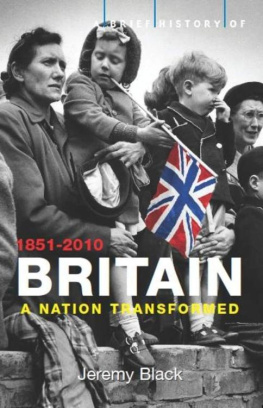

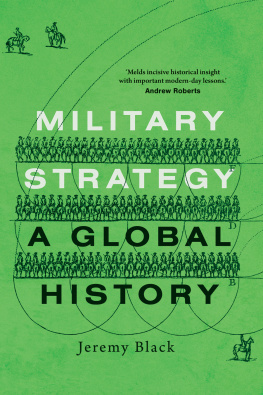
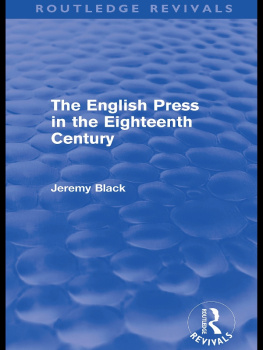
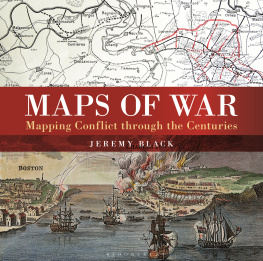
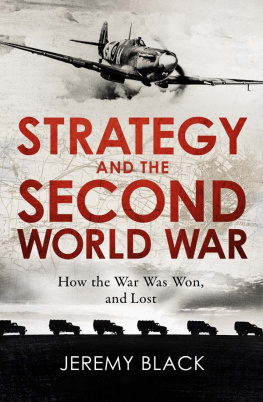
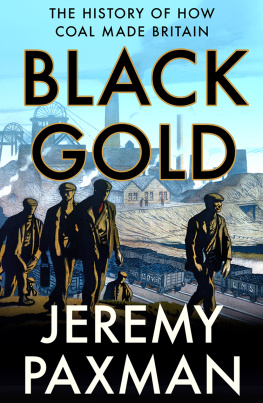

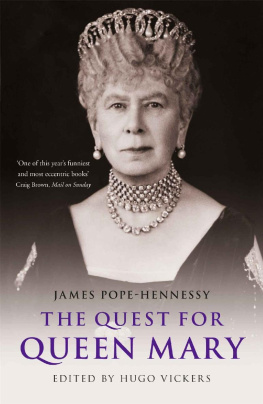
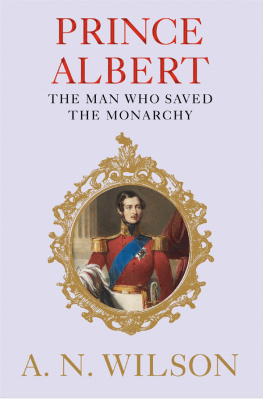
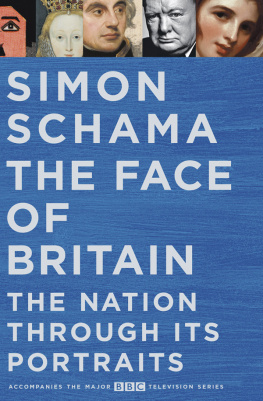
![Harvie Christopher - Nineteenth-century Britain: a very short introduction ; [in memorian Colin Matthew]](/uploads/posts/book/137651/thumbs/harvie-christopher-nineteenth-century-britain-a.jpg)



